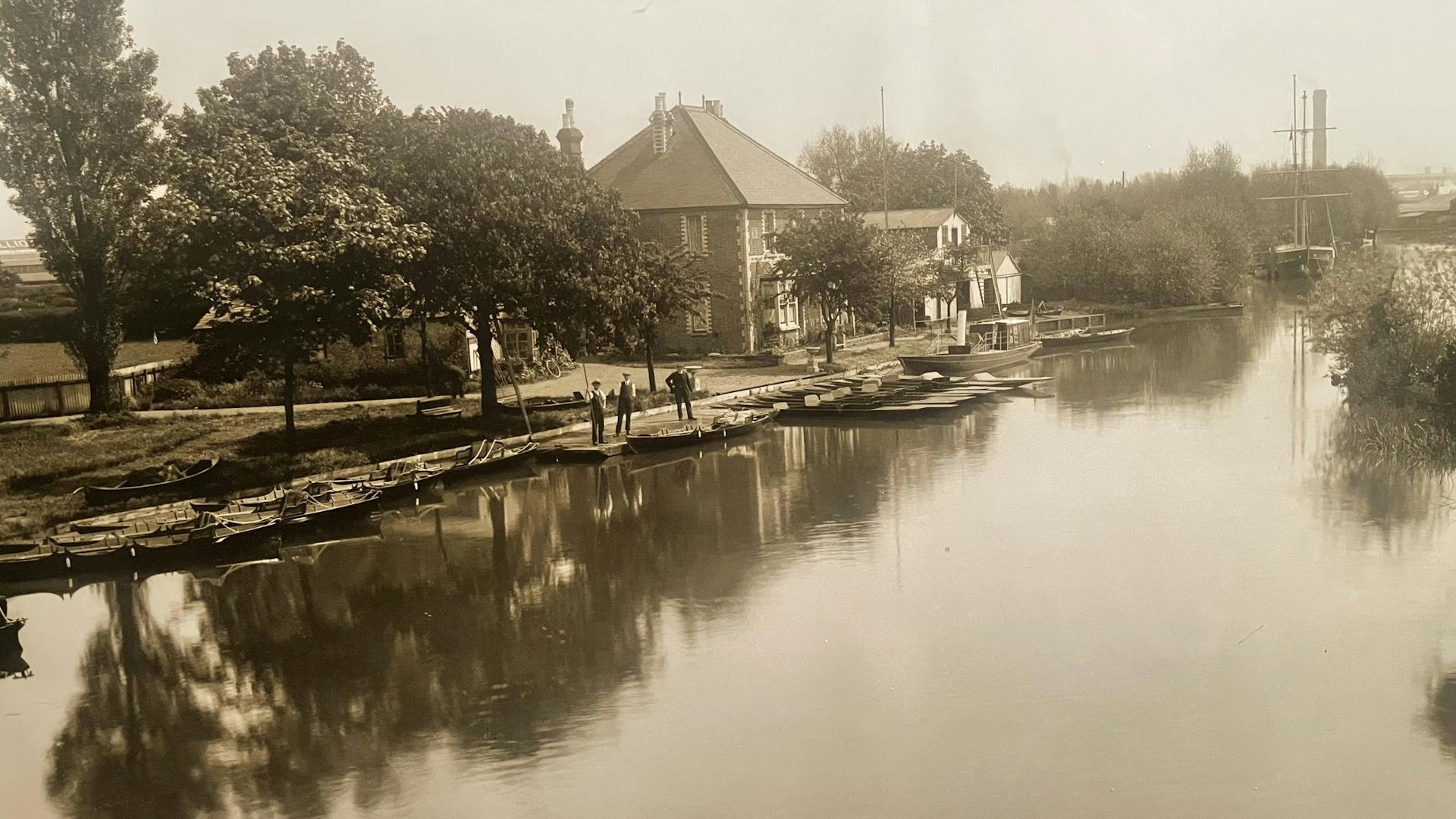
A LEGACY OF TRADITION FROM ONE OF THE OLDEST BOATBUILDING NAMES IN THE WORLD
The Freebody family have been living and working on the middle Thames for over 300 years



From 1670 onwards the family were recorded as fishermen at Mapledurham and subsequently as bargemen and ferrymen at Caversham, at that time building boats for these trades. Once the railways opened up access to riverside towns from London in the 1800's. the middle Thames flourished and during this time the family focused on the building of skiffs, punts and dinghies for hire. However, once car and lorry engines became small enough to be marinized for use in recreational boats, an opportunity arose for the building of the elegant motor boats of this era with their beautiful lines. In addition to this boatbuilding side of the business, the family also ran a popular lido during weekends at their Caversham premises.
During the two world wars recreational boating took a back seat and Freebody's were commissioned to build lifeboats and lifeboat dinghies for the Admiralty.



In 1933 Peter's grandmother, Rose Dorothy Freebody, having been at the helm of the Caversham boatyard, purchased the current site at Hurley from where Peter's father, Bob Freebody, ran a boat repair and letting business. This site passed to Peter in 1962 and he subsequently set about building the workshops and slipway. This period coincided with the introduction of fibreglass as a method for building boats. However, whilst other businesses on the river moved over to this new material, Peter shunned this, believing that there was still a place for wooden boats, built by hand and line of eye in ways which had changed little in a thousand years.



At first Peter had inclinations to build a range of wooden motor cruisers, however he quickly realized that the best way forward for the business was to focus on beautiful open launches such as slipper launches and electric canoes, and also elegant saloon launches. Together with the new build side of the business, Peter and his team also established an international reputation for the restoration of early wooden boats including the historic steam launches Windsor Belle and Alaska, J class yacht tenders, and subsequently the iconic range of Italian Riva boats. This blueprint is still very much at the heart of the thriving Freebody business today, with Peter's son Richard, together with other family members and a dedicated team, driving things forward into the modern era.
Following a unique 300 plus years of boatbuilding tradition, the Freebody name continues to be at the forefront of British luxury boating.

